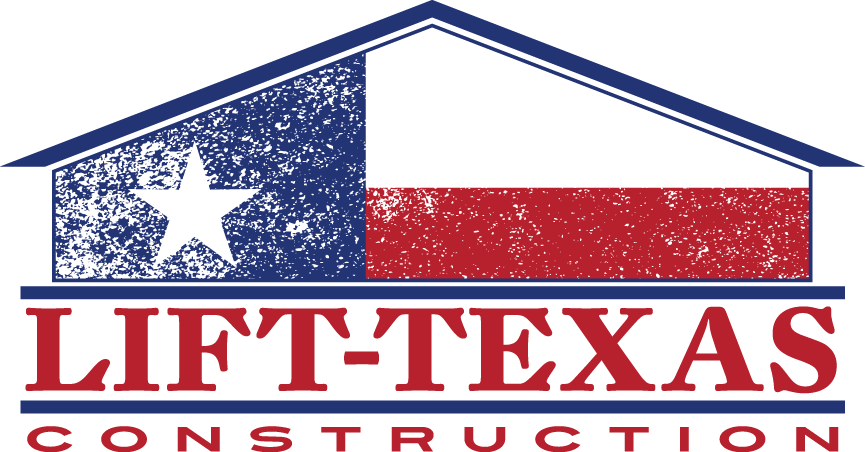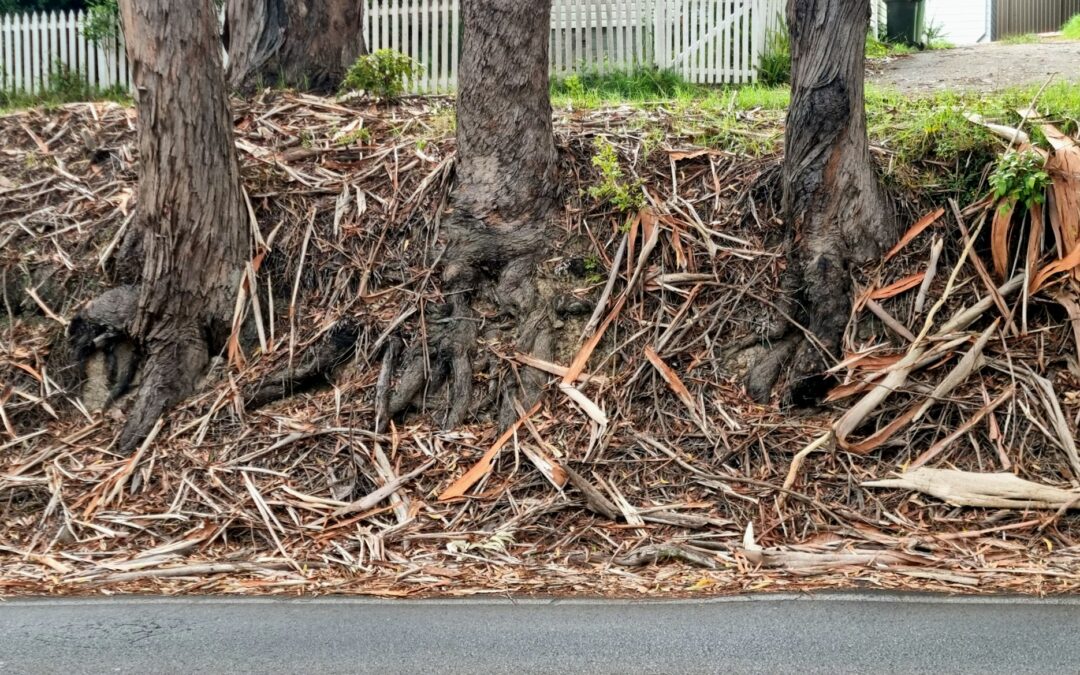Driveways are essential for providing a smooth path to your home. Yet, over time, you might notice that your driveway has started to sink. This can be especially baffling if you haven’t had any visible issues in the past. One of the sneaky culprits behind this is tree roots. These roots are adept at spreading far and wide under the surface, often where you least expect them. Addressing driveway sinking is particularly important in areas like DFW, where homes and landscapes are closely intertwined with the natural environment.
Tree roots, while important for the tree itself, can cause havoc on structures like driveways by slowly disrupting the ground beneath them. The push from roots can lift and crack concrete, leading to uneven surfaces that aren’t just unsightly but can also be hazardous. Understanding how these roots operate is the first step to preventing and solving the sinking driveway issue.
How Tree Roots Cause Driveway Sinking
Tree roots are like silent underground explorers. They spread out in search of nutrients and water, which often takes them underneath driveways. As they grow, they can start to push against the surface above. Depending on the tree species and the soil conditions, these roots can extend quite far, even reaching beyond the canopy of the tree.
Here’s a simple analogy: think of tree roots like straws that constantly suck up moisture from the surroundings. As they absorb water, the soil becomes dryer and more compact, which contributes to sinking. This drying effect can amplify if the area doesn’t receive adequate rainfall, leaving less moisture for the soil to hold itself together. Consequently, the concrete above begins to sink or crack, unable to withstand the shifting ground beneath.
It’s not just the physical growth of roots that causes damage. When they withdraw water from the soil, it can lead to significant shrinking in certain soil types. Take expansive clay soils common in DFW, for example. They are notorious for swelling when wet and shrinking as they dry. If roots claim too much moisture, the soil might contract, causing the driveway to lose its support.
Signs of Driveway Damage from Tree Roots
Before the damage gets out of hand, there are clear signs to watch out for. Spotting them early can save you a lot of trouble down the road. Here are some indicators:
– Cracks appearing on the surface of the driveway.
– Sections of the driveway that look uneven or are lifting.
– Small gaps forming between sections of the driveway or between the driveway and other structures.
The progression of damage usually starts off small. Initially, you might notice tiny cracks or a slight shift in elevation. Over time, these issues can escalate, leading to large breaks or a severely uneven surface. In DFW, where the soil conditions might intensify these effects, catching these signs early is key to preventing further damage.
Addressing these signs quickly not only saves your driveway but also helps retain the value of your property. If you’re noticing these hints of trouble, it’s wise to investigate further and think about what might be lurking beneath.
Preventing Tree Root Damage to Your Driveway
Prevention is often the best approach when dealing with tree root issues. By planning ahead, you can avoid many of the problems that lead to a sinking driveway. One practical strategy is to plant trees at an appropriate distance from driveways and other structures. Knowing how far a tree’s roots can spread is helpful in making these planting decisions.
Another useful method is installing root barriers. These barriers guide roots downward and away from driveways, reducing the chances of interference. Regular driveway inspections also play a crucial role. By keeping an eye on potential root encroachments, you can take action before they cause significant trouble.
Maintaining your trees can also prevent root-related issues. Proper watering and pruning ensure trees receive the nutrients they need without expanding their root systems unnecessarily. It’s all about finding a balance where trees flourish without compromising driveway integrity.
Repair Solutions for Sinking Driveways
If you discover your driveway is already impacted by tree roots, there are effective steps you can take to address the problem. Professional solutions often offer the best results, ensuring the driveway’s stability and reducing further damage. One such option is root removal, where problematic roots are carefully extracted without damaging the tree or surrounding areas.
Concrete leveling is another repair method. This technique involves lifting the sunken parts of the driveway to restore an even surface. It’s a practical way to counteract the lifting effect of roots. Reinforcement is also considered, where additional support and materials strengthen the affected areas.
DIY approaches are generally not recommended for these issues, as improper handling can lead to further damage or incomplete fixes. It’s often best to consult professionals to determine the right solutions for your specific situation.
Ensuring a Stable and Long-Lasting Driveway
Maintaining your driveway requires ongoing attention but is well worth the effort to prevent costly repairs in the future. Quick responses to signs of damage ensure that small problems do not escalate into big ones. Regular checks mean you catch issues early, allowing for timely interventions.
Choosing the right professionals for repairs and maintenance can make a significant difference. Their expertise ensures the driveway is not only fixed but also reinforced to withstand future challenges. By committing to regular upkeep, you extend the life of your driveway and enjoy the peace of mind that comes with it. Consider expert help for tailored advice and long-lasting results.
If you’re dealing with a sinking driveway and need reliable solutions, let Lift-Texas Construction offer the professional support you need. Our experienced team specializes in effective techniques like concrete leveling to ensure your driveway remains stable and secure. Reach out to us for expert advice and maintain the structural integrity of your property in the DFW area.

